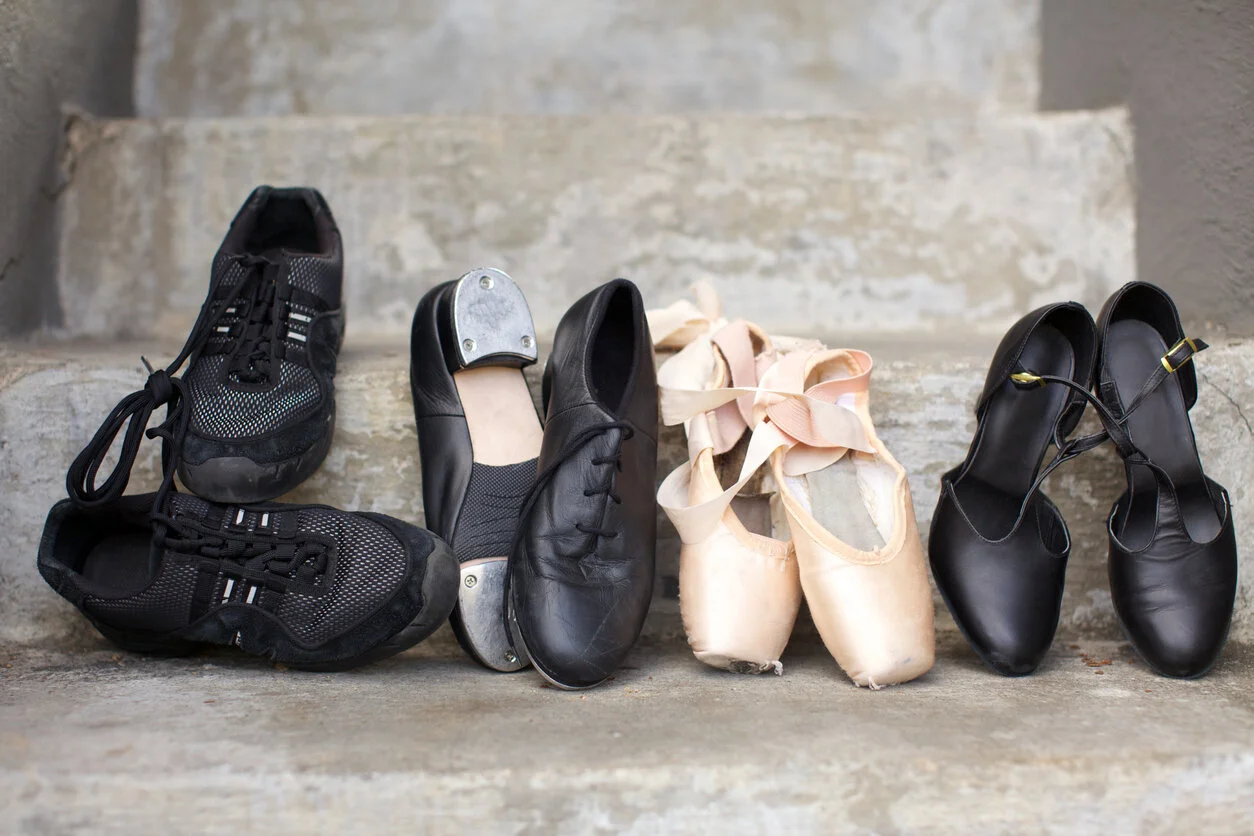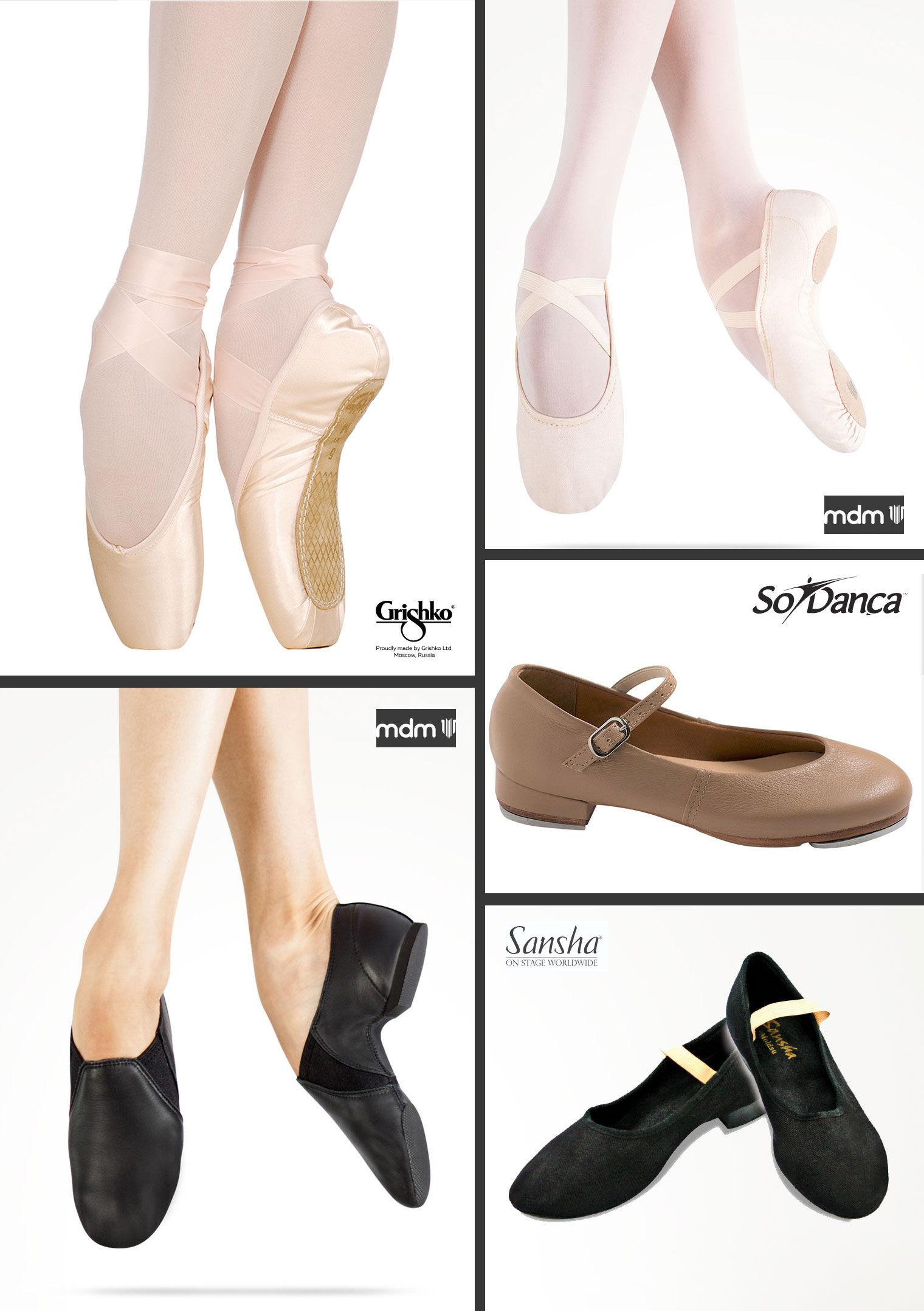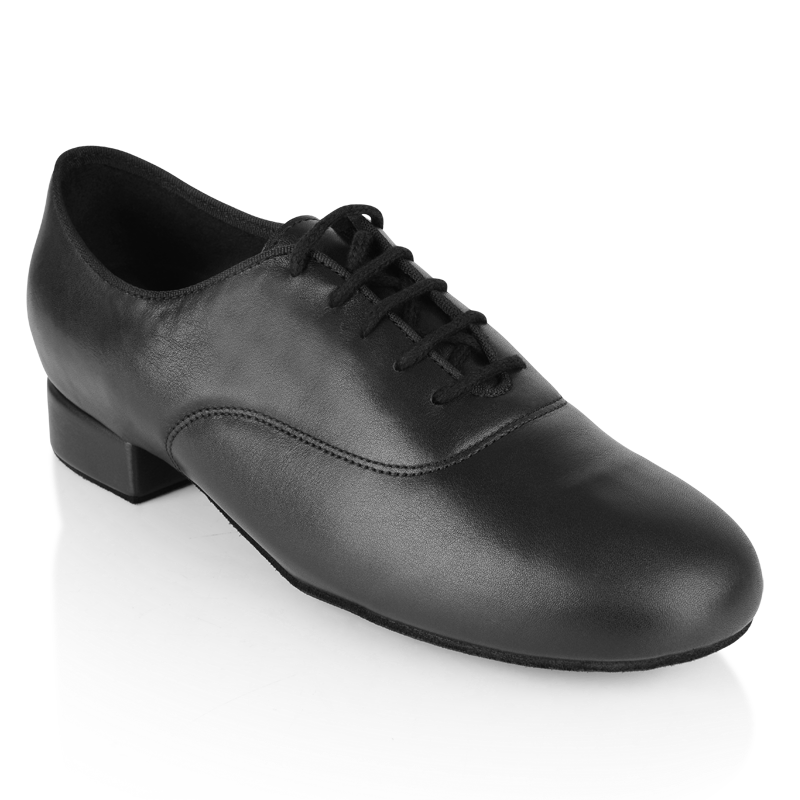Introduction to Dance Shoes
Dance shoes are not just any footwear; they are specifically designed to enhance performance while ensuring the dancer’s safety and comfort. Different dance styles require different types of shoes. In the USA, where various dance forms thrive, understanding what dance shoes entail is crucial for enthusiasts, professionals, and casual dancers alike.
Types of Dance Shoes
Dance shoes can be classified into several categories based on the dance style. Each type has unique features tailored to its function.
Ballet Shoes
Ballet shoes are typically made from soft leather or canvas materials, designed to allow maximum flexibility and ease of movement.
Jazz Shoes
Jazz shoes, often made from leather or canvas, come with a rubber sole and are ideal for jazz, contemporary, and tap dancing.
Tap Shoes
Tap shoes feature metal plates on the heel and toe, producing sound when the dancer taps their feet. They are essential for tap dance.
Modern Dance Shoes
Modern dance styles often require shoes that offer strong support and flexibility, commonly using materials like mesh and nylon.

Flamenco Shoes
Specialized for Flamenco dances, these shoes are characterized by their sturdy heels and decorative embellishments, providing both function and flair.
Ballroom Dance Shoes
Ballroom shoes are designed with a suede sole for smooth turns and gliding motions. They typically feature a range of styles, from heels for women to flats for men.
Choosing the Right Dance Shoes
Selecting the perfect pair of dance shoes can significantly impact performance and enjoyment. Here are some tips to help guide your choice:
Consider Your Dance Style
Each dance form has specific shoe requirements. Ensure you select shoes that complement your style.

Prioritize Comfort and Fit
Comfort is key. Always try on shoes before purchasing, and ensure they fit snugly without being too tight.
Material Matters
Choose shoes made from breathable materials for comfort during long periods of wear. Consider durability as well.

Think About the Floor Type
Different floors require different shoe configurations. For instance, suede soles are excellent for wooden floors, while rubber soles might be more suitable for other surfaces.
Budget Considerations
While quality dance shoes can be an investment, consider your budget. There’s a balance to be found between affordability and performance.

Comparison Table of Dance Shoe Types
| Dance Shoe Type | Material | Typical Use | Price Range |
|---|---|---|---|
| Ballet Shoes | Leather/Canvas | Ballet | $20 – $100 |
| Jazz Shoes | Leather/Canvas | Jazz, Contemporary | $30 – $120 |
| Tap Shoes | Leather | Tap Dance | $40 – $150 |
| Flamenco Shoes | Leather | Flamenco | $50 – $200 |
| Ballroom Dance Shoes | Varied | Ballroom | $60 – $300 |
Popular Brands of Dance Shoes in the USA
When purchasing dance shoes, it’s essential to consider reputable brands known for quality:

Bloch
Bloch is renowned for its ballet shoes and offers a wide array of options across various dance disciplines.
Capezio
Another iconic brand, Capezio provides dancers with high-quality shoes and accessories for all types of dance.
/product/72/401074/1.jpg)
Sansha
Sansha specializes in performance footwear, particularly for ballet and contemporary dance.
Grishko
Grishko is recognized for its high-quality ballet shoes, particularly among professional dancers.

Danskin
Famous for its dancewear, Danskin also offers a variety of dance shoes suitable for beginners.
Care and Maintenance of Dance Shoes
Proper care and maintenance of your dance shoes can prolong their lifespan and keep them performing at their best.
Regular Cleaning
Clean your shoes after each use to remove dirt and sweat. Use a soft brush for leather and a damp cloth for canvas.
Avoiding Damage
Store your shoes in a cool, dry place, away from direct sunlight, to prevent material degradation.
Replace Worn Out Soles
Inspect soles regularly for wear and replace them when necessary to maintain grip and performance.
Pros and Cons of Different Dance Shoe Materials
| Material | Pros | Cons |
|---|---|---|
| Leather | Durability, Breathability | Can be expensive, Requires maintenance |
| Canvas | Lightweight, Affordable | Less durable, Can absorb moisture |
| Mesh | Breathable, Flexible | Less durable, May not provide enough support |
Local Dance Communities and Events
The USA has a vibrant dance culture with numerous communities and events where dance shoes play a central role. Engaging with local dance studios can provide invaluable insight into the best shoes for your needs.
Community Dance Classes
Many cities host community classes where dancers can try various shoes. This can be an excellent way to find the perfect fit without a significant investment.
Dance Festivals and Competitions
Events such as the Dance Fest USA provide opportunities for dancers to showcase their skills and connect with fellow enthusiasts, often with vendors showcasing the latest dance shoes.
Workshops with Professional Dancers
Participating in workshops can allow dancers to learn about the best practices for footwear selection from professionals.
Technological Advancements in Dance Shoes
The evolution of dance shoes has been influenced by technology. The introduction of smart features is changing the way dancers interact with their footwear.
Smart Shoes
Smart dance shoes equipped with sensors can track performance metrics like speed and balance.
3D Printing Technology
The rise of 3D printing allows for customized shoe designs that cater to individual foot anatomy, enhancing comfort and performance.
FAQs About Dance Shoes
What are the best dance shoes for beginners?
For beginners, it’s recommended to start with jazz shoes or soft ballet shoes, which offer a good balance of comfort and support.
How do I know my dance shoe size?
It’s best to measure your foot size regularly as sizes may vary between brands. Always refer to the specific brand’s sizing chart.
Can I wear dance shoes outside?
While it’s not advisable to wear dance shoes outside as they can wear faster, some shoes with more durable soles may handle occasional outdoor use.
How often should I replace my dance shoes?
Generally, dance shoes should be replaced every 6-12 months, depending on usage. Always check the soles for wear and the fit for comfort.